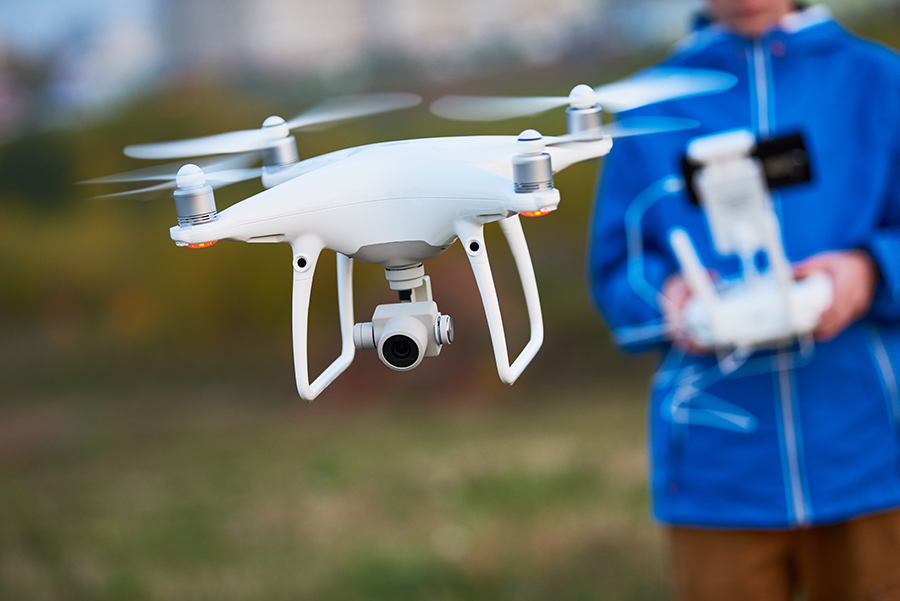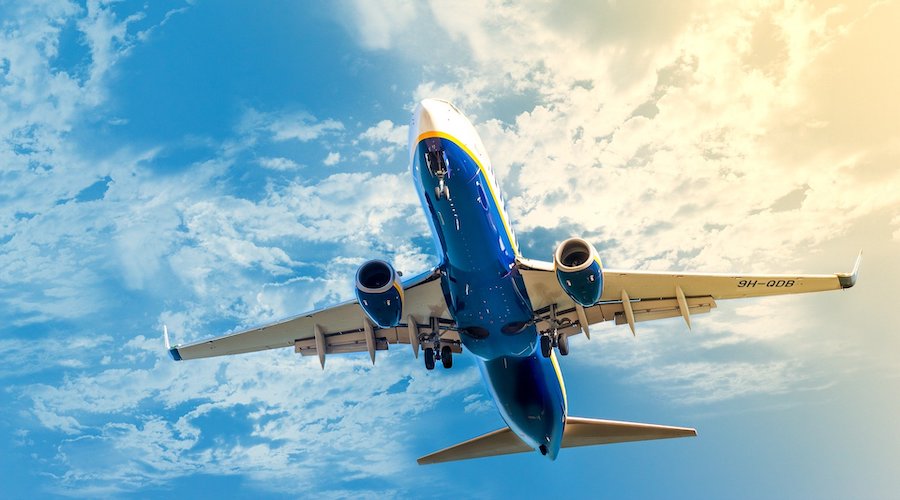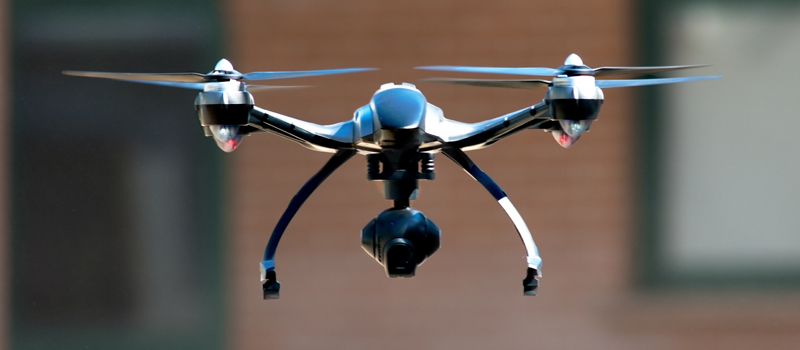-
Remote ID – The Basics
-
Who has to comply with Remote ID?
-
How is compliance with Remote ID possible?
- Operate a Standard Remote ID Drone
- Operate a drone with a Remote ID broadcast module
- Operate in a FRIA without Remote ID equipment
-
What information is transmitted by Remote ID?
- Drone ID or Session ID
- Drone location, altitude, and velocity
- Control Station location and altitude
- Emergency status
- Time mark
-
Some relevant dates on Remote ID
-
Final thoughts
Remote ID is a digital license for drones. This technology allows drones to be identified by people or equipment on the ground that may not necessarily be involved in drone operations. The idea is to establish a system of accountability for drone pilots, while also paving the way for operations that would otherwise have been restricted, such as flight over people or beyond visual line of sight.
Remote ID has become the most controversial topic in drone communities in the last year or so. Let’s look at the basics of Remote ID, the relevant dates to remember, and a few recent developments.
Remote ID – The Basics
Published in early 2020, the legislation relevant to Remote ID is Part 89, officially titled “Remote Identification for Unmanned Aircraft.” It is a 470-page long document that also contains amendments to existing laws including Parts 1, 47, 48, 91, and 107.
The objective of Remote ID is the embed a “digital license plate” into each drone that flies in the national airspace. This serves to both help in the regulation of drone operations, as well as to expand the limitations of what drone pilots are legally allowed to do.
The rules on Remote ID have changed greatly since it was first officially proposed back in 2019. Among the most major changes is the removal of the need for the drone to maintain an actively connected to the Internet for the Remote ID system to work. Remote ID as required by Part 89 will depend on self-contained modules that transmit information via radio frequency.
The Remote ID is considered one of the essential elements in eventually implementing a UAS traffic management (UTM) system – an ecosystem that aims for the separation of unmanned and manned air traffic. By implementing such a system, unmanned flights can be made safer, thus opening the doors for valuable UAS operations.
Who has to comply with Remote ID?
The general rule is that all drones that require registration with the FAA under the current rules will also be required to comply with Remote ID. Part 89 provides some clarification for this. Compliance rules are summarized as below:
- All drones regardless of weight that is used for commercial operations under Part 107 rules must have Remote ID;
- When used recreationally, only drones that weigh 250 grams or more are required to have Remote ID.
- Drones operated by the Federal Government are exempted from Remote ID.
- Drones used by state, local, municipal, or tribal governments are required to have Remote ID.
- Drones used for public safety (law enforcement, emergency response, firefighting, search and rescue) must have Remote ID.
- Both home-built and commercially purchased drones must comply with Remote ID requirements under the circumstances mentioned in this section.
- Drones designed and produced for Aeronautical Research are exempted from Remote ID requirements. This is a very specific and exclusive category and will not apply to a vast majority of drone pilots.
How is compliance with Remote ID possible?
Part 89 presents three possible options for drone pilots to comply with Remote ID requirements. Compliance can depend on the hardware used by the drone pilot, or the location of drone operations.
Operate a Standard Remote ID Drone
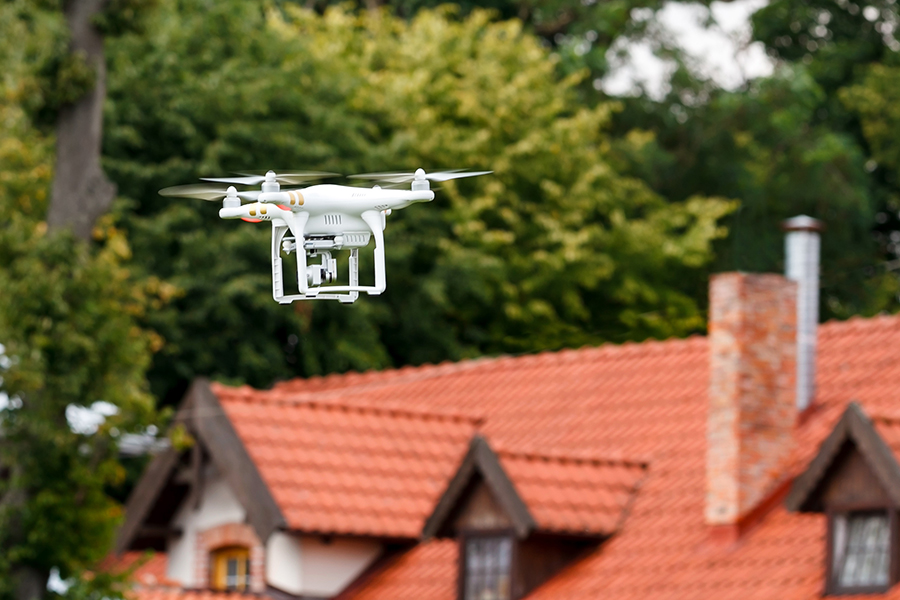
A Standard Remote ID Drone is one that comes with pre-built Remote ID capabilities. This is the simplest path to compliance and most drone pilots will likely be flying with these drones once Remote ID requirement becomes absolute. There is a possibility that more modern drones can satisfy Part 89 requirements via firmware updates, but no manufacturer has confirmed this yet.
An important feature of a Standard Remote ID Drone is that it should have a system that prevents it from taking off if the drone cannot broadcast Remote ID. This is controversial, as is any scheme that forces drones to be grounded.
Operate a drone with a Remote ID broadcast module
It is also possible for drones to comply via an accessory that allows for Remote ID broadcasting. This can be an option for older drones that cannot simply be updated to comply with Remote ID requirements. The accessory should provide the same capabilities as the built-in technology found in Standard Remote ID Drones. However, the FAA has stated the drones that comply via this path are limited to visual line of sight operations.
Operate in a FRIA without Remote ID equipment
Drones that do not have any Remote ID capabilities can still be used but only within the boundaries of an FAA-recognized identification area (FRIA). These have to be applied for and sponsored by an entity that has been deemed eligible by the FAA to request an FRIA. The list includes FAA-recognized community-based organizations (CBO), educational institutions, colleges, universities, and trade schools.
Anyone can fly a drone within an FRIA. However, drone operations must remain within the boundaries of the FRIA and visual line of sight.
The FAA has not identified a single FRIA yet. Applications for FRIAs will be accepted 18 months after the effective date of Part 89. This will be around September 2022.
What information is transmitted by Remote ID?
Under Remote ID rules, drones must continuously transmit packets of information at a rate of one message per second. This information aids FAA representatives or law enforcement in monitoring drone activities and possibly identifying drones that are being used for malicious reasons. For each information packet, the following details will be available:
Drone ID or Session ID
Under most circumstances, drones will be identifiable via their unique Drone ID or registration serial number. This can be easily traced to the owner via the FAA airman registration site.
In special cases, drones will be identified via a randomized Session ID. This will apply to drones that fly frequently over the same area. The goal is to make the drone less identifiable by the general public, thus keeping the drone and operator safe. However, the actual Drone ID will still be visible to the FAA or law enforcement agencies.
For drones flying with Remote ID modules, the serial number of the module will instead be used as the identifier in the Remote ID packets. However, this serial number must also be indicated in the drone’s registration information. This will then allow for the tracing of the drone if necessary.
Drone location, altitude, and velocity
The location, altitude, and velocity of the drone at the time of transmission will be included with each packet of information. The location and altitude requirement necessarily means that all drones will have to be equipped with GPS receivers to comply with Remote ID. Both the horizontal and vertical components of velocity will be included in the information.
Control Station location and altitude
For Standard Remote ID Drones, each Remote ID information packet will also contain information on the location and altitude of the Control Station – or the drone pilot. This relies on the Control Station having a built-in GPS capability or a connection with a mobile device that can transmit GPS location data.
The implementation is slightly different for drones that are equipped with Remote ID modules. Since the modules do not interact with the Control Station, only the take-off location of the drone is transmitted. The working assumption for this implementation is that the take-off location should not deviate significantly from the current location of the Control Station.
Emergency status
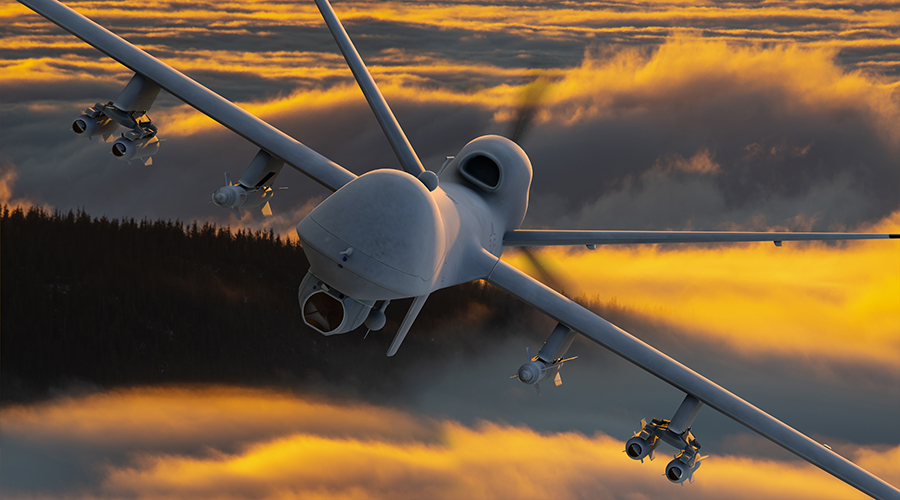
The FAA has proposed that drones complying with Remote ID be capable of transmitting emergency alert messages. This can be either set manually by the operator or automatically based on drone flight data. The goal is to inform authorities if there are any aviation-related emergencies related to the drone.
The list of proposed emergency status messages includes lost-link, low battery, abnormal status, or downed aircraft.
The ability to transmit emergency status is currently only required for Standard Remote ID drones. Drones flying with Remote ID modules may not transmit emergency status messages, either because of a lack of capability or because they are not required to do so.
Time mark
Finally, each Remote ID information packet will come with a timestamp that reflects the time of packet transmission. This will be available for both Standard Remote ID drones and Remote ID modules.
Some relevant dates on Remote ID
Remote ID officially took effect on March 2021, but it has an allowance period before compliance will be strictly implemented for both drone manufacturers and operators. With regard to this, there are two deadlines that we need to keep in mind.
The first coming deadline is September 16, 2022 – barely a month from now. According to Part 89, all drones manufactured after September 16 for operation in the U.S. airspace must be designed and produced to meet the requirement for Standard Remote ID Drones.
A year after the first deadline is the second. By September 16, 2023, all drones operating in national airspace must have Remote ID capabilities.
There is a lot of concern about how the first deadline will even be met, considering how it’s just several weeks away. So far, there have been no updates from large drone manufacturers on how they plan to comply with the Remote ID requirements. There is also the matter of enforcement, or how the authorities will be able to tell whether a drone was indeed manufactured after the deadline.
Final thoughts
Nowadays, there are more questions about Remote ID than answers. This is especially concerning considering that there are some pretty big deadlines coming up. Will drone manufacturers start complying with Remote ID requirements or will this become a huge mess that the FAA will have to sort out?
There is certainly some credit in the idea of enforcing a “digital license plate” for drones. With the number of drones in national airspace ever-increasing, a means for authorities to remotely identify a drone should deter some bad behavior. As we are finding out now, implementing such a rule is harder than it sounds.
